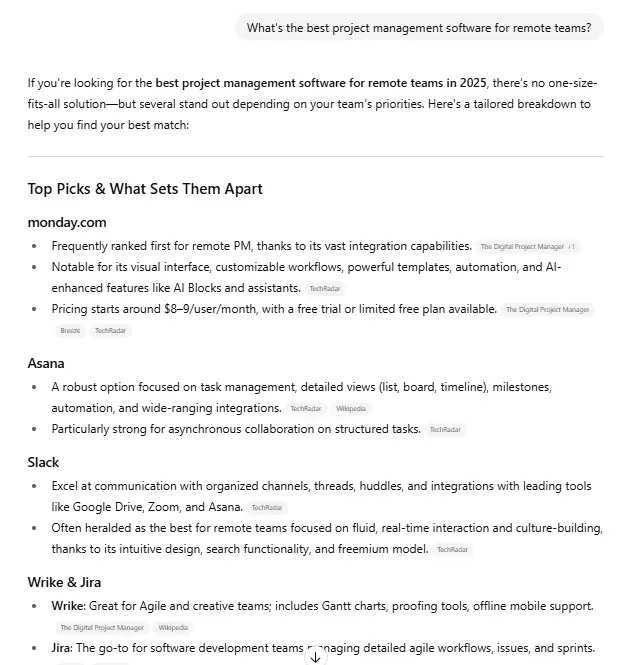What is Mobile Optimization in SEO?
Let’s learn about the complete mobile optimization process for SEO in detail. What is Mobile SEO? Mobile SEO is the process of bringing your website on top of the search results when searched using mobile phones. It is a...

Let’s learn about the complete mobile optimization process for SEO in detail.
What is Mobile SEO?
Mobile SEO is the process of bringing your website on top of the search results when searched using mobile phones.
It is a simple process of mobile result optimization also called Mobile SEO.
People spend more time on their mobile devices and tablets every year, yet many websites are still not designed to cater for varying screen sizes and load speeds. Mobile optimization considers site design, site structure, page performance, and other factors to ensure that you are not unwittingly turning away mobile users.
What are Mobile SEO Best Practices?
Let’s learn about Mobile SEO best practices and how they can help you increase your brand awareness, site traffic, and overall conversions coming to your website.
That being said, let’s get started.
1. Improve Page Speed
First thing first. Improve the page performance of your website. It is a known fact that people don’t take more than 3 seconds to close a website. They just don’t have the patience. So, you need to improve your overall site performance. There are many ways to improve site performance but the most important one is to increase the server speed. You can also switch to a better hosting solution if your current website hosting solution is not providing you more streamlined performance.
2. Don’t Block JavaScript
Some mobile devices couldn’t handle all of these aspects in the past, thus webmasters of mobile sites restricted one or all three. But, for the most part, that is no longer the case, thanks to the Smartphone. GoogleBot wishes to be able to observe and categorize the same stuff as humans. So don’t try to disguise it. These aspects are also important in determining if you have a responsive site or a separate mobile solution.
3. Enhance User Journey
One of the best ways to optimize for mobile is to enhance the user journey. People on mobile use search engines on a regular basis to search for websites. They land on the mobile pages of the site so your site should be responsive. When your website is responsive, users are more likely to stay on the website.
4. Use Better Meta Tags
When a user searches on a mobile device, keep in mind that you have less screen area to deal with. When generating titles, URLs, and meta descriptions, be as succinct as feasible (without losing the quality of the material) to show off your finest work in SERPS.
5. Use Schema Structure
Due to the obvious restricted screen area, a search result with rich snippets stands out much more than on a desktop. Learn further about structured data on Schema.org.
6. Optimize for Local Search (If Necessary)
Remember to optimize your mobile content for local search if your firm has a local component. This involves standardizing your name, address, and phone number, as well as providing your city and state name in the metadata of your website.
7. Configure for Mobile
The most significant decision you’ll have to make when putting up a site is whether to employ a responsive, dynamic serving, or separate site setup. Each has its own set of benefits and drawbacks. Google likes responsive design, but all three approaches are acceptable as long as they are correctly configured.
8. Serve Pages Dynamically
If you don’t have enough skills to revamp your entire site or want to display different material for mobile users than you do for desktop visitors, one alternative is to utilize a single URL to display multiple sets of HTML and CSS depending on the type of device your visitor is using (also called detecting user agents). This might be beneficial if you’re a restaurant and want a mobile guest (who could be roaming about your area) to see a selection of reviews and a map to your location rather than your whole website.
9. Separate Mobile URLs
One alternative is to set up a separate site for mobile visitors. This enables you to design entirely unique content for mobile users. Most parallel mobile sites utilize a “m” subdomain to avoid URL ambiguity.
Parallel mobile sites may be as ineffective as dynamic delivering sites in redirecting users to the correct version, so make it simple for visitors who land in the wrong spot to switch to their preferred experience.
Why is Mobile SEO Optimization Important?
Mobile SEO optimization ensures that your website shows up on top of the search results when viewed through mobile devices. Whether you want to target local users or you would want to sell your services globally, you would need to optimize your mobile website.
Moreover, when you design your website mobile-friendly, you make it easy for people to click your call-to-action buttons, fill out a form, or dial your phone number. Finally, you want visitors to convert into consumers or clients, thus it’s critical that your site be mobile-friendly.
That is what this service is all about.
Obviously, there are many other advantages to mobile SEO – the issue now is, where do you begin? Check out our entire mobile SEO guide if you want to improve your website for more mobile visitors. We go into great detail on how to make your website available to users on any device.
How Do I Get Started With Mobile SEO?
You can either start optimizing your website for mobile by yourself, or you can hire top experts that can do the same job for you!
But… if you are looking for affordable search engine optimization services, then we can do that for you.
The best part is that we at Unique Logo Designs offer some of the best mobile SEO experts that can take care of the SEO optimization part for your business.
Our mobile experts have hands-on experience of on-page, off-page, and mobile site optimizations. Learn more about what our mobile optimization experts can do for your business by contacting us today!

 ValVades
ValVades 
































